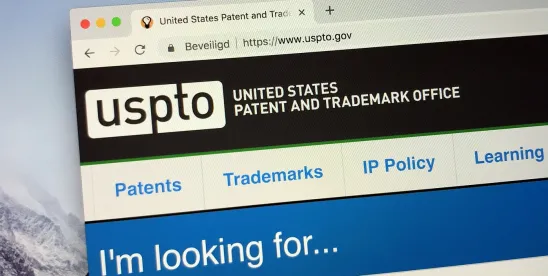If you own a U.S. trademark registration, you have likely encountered (or will encounter) an audit by the US Patent and Trademark Office (USPTO). The audit program, launched by the USPTO in November 2017, was enacted as a tool to promote the accuracy and integrity of the Federal Trademark Register. If audited, a trademark owner is required to submit additional proofs of use, else risk having those goods and services removed from the registration, or, in some cases, risking cancelation of the registration in its entirety. Additionally, trademark owners will incur penalty fees if an audit identifies goods or services on which the mark is no longer used. In simple terms, if you don’t use it, you lose it. While no one wants to be on the receiving end of an audit, the process does have its benefits. Specifically, inaccurate registrations may block future applications for similar marks and decrease the ability of the Register to provide notice of trademark rights to third parties. Clearing the Register of “deadwood” is in keeping with a fundamental goal of the trademark laws, namely, to enable potential trademark owners to enjoy rights in marks without being blocked by unused registrations. With the audit program in place, each of these scenarios is less likely to occur. Knowing that a registration may be audited is yet another reason for owners of U.S. trademarks to ensure that a mark only covers those goods and services still in use.
It seems the USPTO’s audit program has inspired the Canadian Trademark Office (CIPO) to launch its own pilot program requiring owners of Canadian trademarks to prove use of a registered mark on all goods and services covered therein. Accordingly, owners of Canadian trademarks may be receiving more requests to “prove it or lose it.” In January 2025, the CIPO issued 100 notices to random registrants requesting they submit evidence of use of the mark, or establish exceptional circumstances to support non-use, else risk cancellation of the registration. To date, no data has been provided to indicate whether any of the 100 registrations have been canceled. Another 50 notices will be issued in both February and March. Once a “statistically significant” number of audits have been completed, phase 1 of the pilot program will end. In phase 2, the CIPO will assess whether the program should continue, and if so, under what parameters. It is unclear whether the CIPO will allow a registrant to delete only those goods and/or services not in use, or whether the registration will be canceled in full. It is also possible the CIPO will allow the trademark owner to maintain all goods and services if they are able to prove excusable non-use – something that is not allowed in an audit by the USPTO.
The goal of the Canadian audit program is similar to that of the USPTO program, namely, to declutter the Register and ensure new filings are not being blocked unnecessarily. Because the CIPO program is still in its early stages, it remains to be seen whether it will be successful. That said, because the Canadian Trademark Act did away with all use requirements for trademark applications in 2019, it seems this is a much needed check on trademark owners and a way to curb the influx of trademark filings.
If you do business in Canada and own a Canadian trademark registration, it is becoming increasingly important to monitor your use under the mark in order to avoid losing rights and incurring penalty fees.




 />i
/>i
